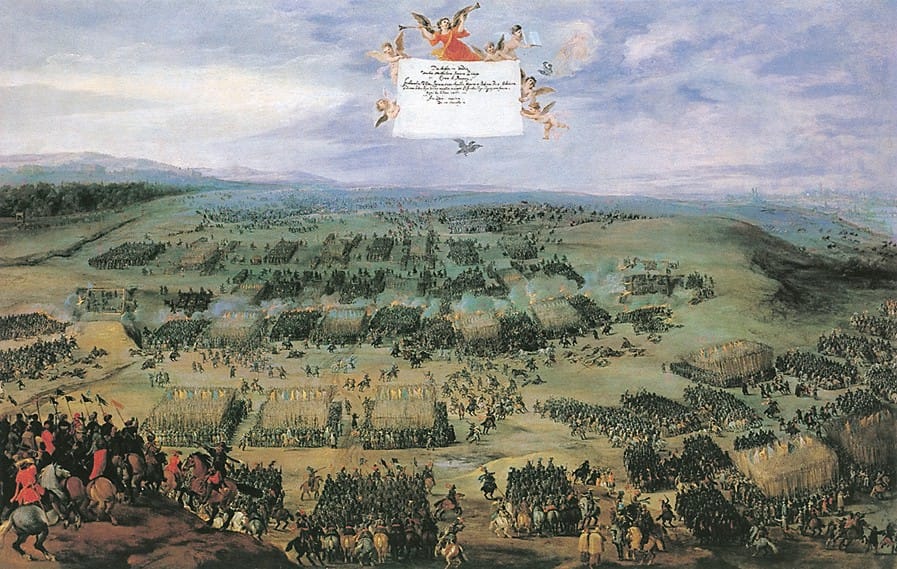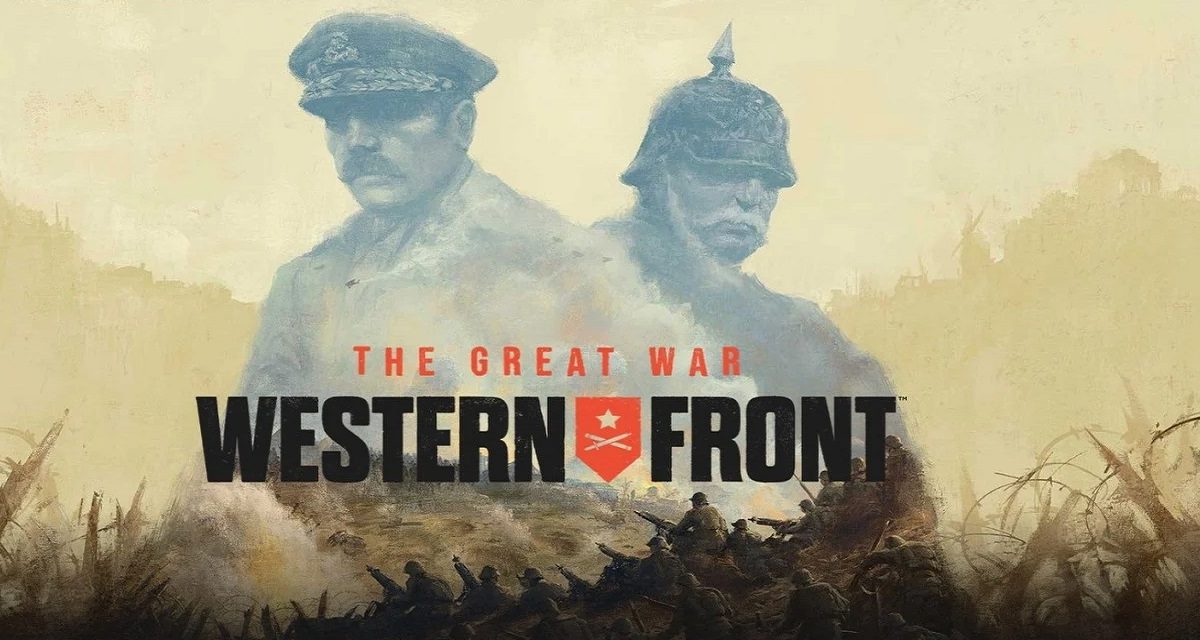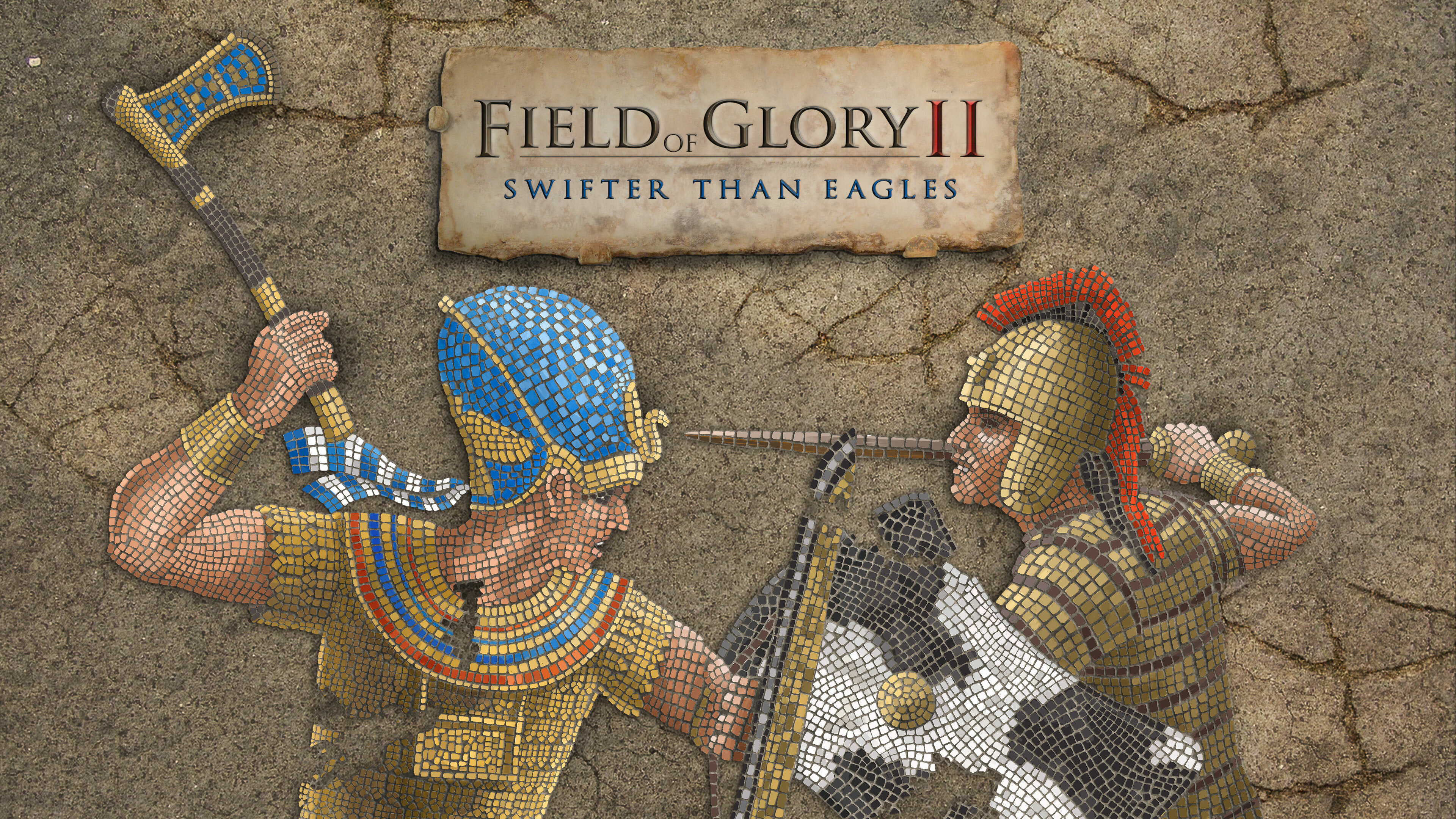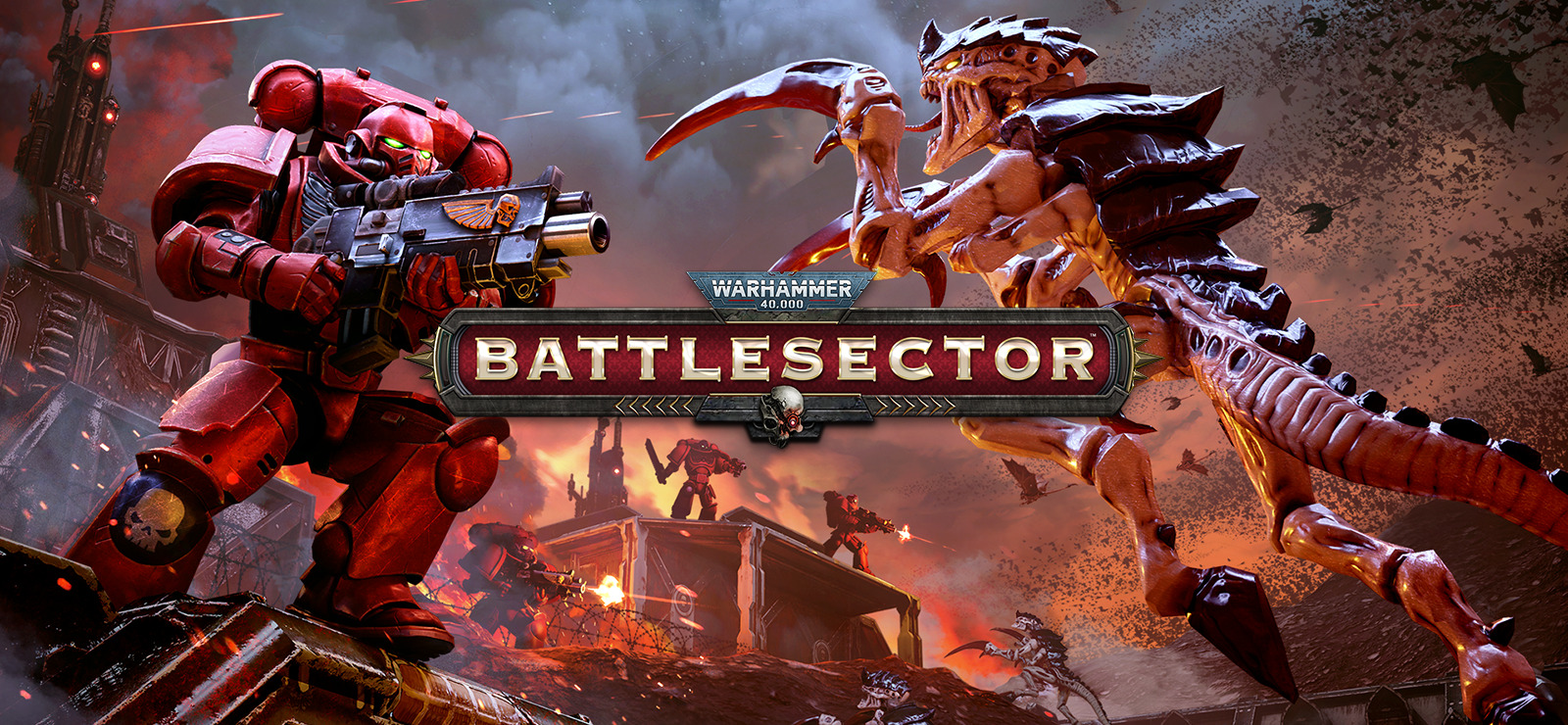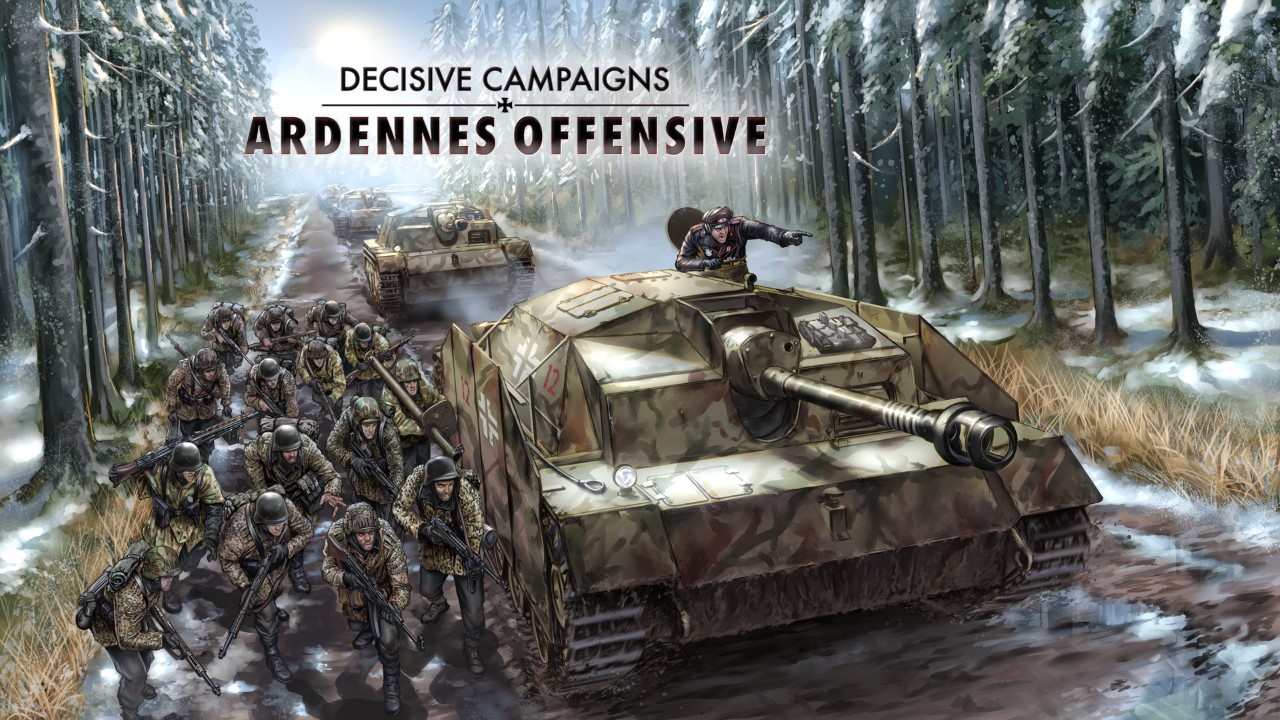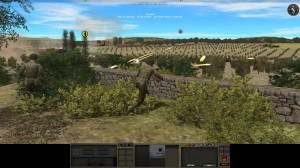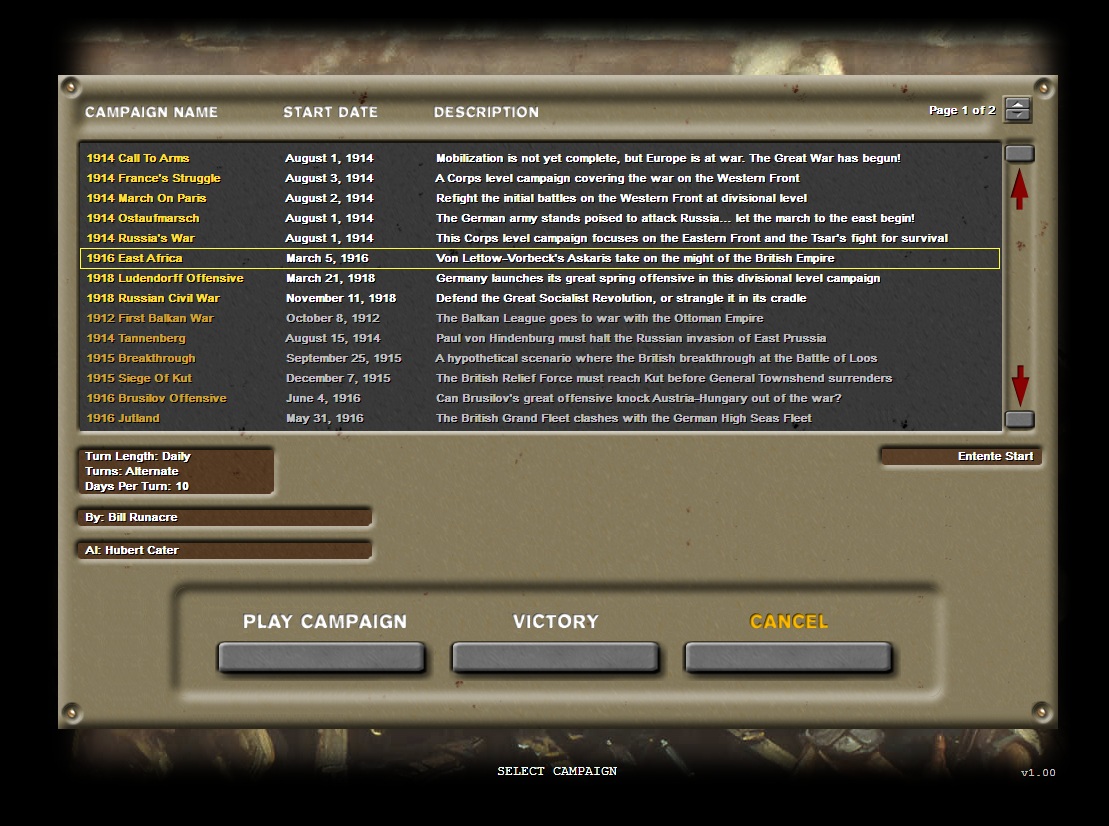Tag Archives: Battlefront
First Impressions of Combat Mission Red Thunder
Grumpy Grog Says: “Combat Mission Red Thunder is more impressive than a Katyusha barrage. Uurrraaaah!”
Developed and Published by Battlefront Inc.
First Impressions by Boggit
Red Thunder is the newest arrival in the Combat Mission series on the Eastern Front. It focuses on the battles during and just after the great Soviet offensive – Operation Bagration – from June to September 1944, covering the area of modern day Belarus, to the gates of Warsaw in Poland. The developers chose this period because, in terms of experience, the Red Army was generally able to match the German Army, thus in principle creating a more balanced game.
Since this is a first impressions piece, I haven’t spent as much time in actual gameplay as I usually put in with my full Combat Mission reviews. The article is based upon a couple of the new scenarios, half a dozen quick battles, and with some useful feedback from Steve Grammont of Battlefront regarding the changes to the game engine from the V3.0 upgrade.
Review of Combat Mission Battle for Normandy – Market Garden, part 2
How does Battlefront’s latest Combat Mission game stack up? Boggit continues to fill us in.
Developed and Published by Battlefront Inc.
Reviewed by Boggit, 23 March, 2014
Click images to enlarge
Read part 1 of this review here
Formations and Weapons (cont’d)
As with Combat Mission: Battle for Normandy, and the Commonwealth expansion, combat formations remain well researched reflecting historical unit organisation during the Market Garden Operations. In game terms Market Garden specifically adds:
- Nine new US formations including the Glider Infantry Battalion and the more esoteric Parachute Demolition Platoon.
- 31 new, and updated German formations from across the following ground forces: Heer, Waffen SS, Luftwaffe, Kriegsmarine, and some common force formations. These include new formations that vary widely in quality from the fragile Sicherungs (Heer), Fliegerhorst (Luftwaffe), and Schiffstamm (Kriegsmarine) battalions to the definitely more punchy Tiger Battalion (Henschel) (Heer, and SS), Panzergrenadier Kampfgruppe (SS), Fallschirmjäger Battalion (Luftwaffe), and Panzer Brigade Panzer Battalion (Heer). Common formations are all flak units, but they are not boring. The Armored Flak Platoon (37mm and Quad 20mm) in particular can be a total swine for infantry suppression. Just make sure 30 Corps arrives quickly with its tanks!
- Three new Polish formations, the Parachute Battalion, Parachute Engineer Squadron, and the Air Landing Antitank Battery. It doesn’t sound much, but they’re good troops.
- 21 new, or revised British formations including the renowned Glider Pilot Company (the glider pilots having landed formed their own elite unit), and the Airborne Recce Squadron – so now, unlike the real event (many of their gliders crashed, and the rest mainly got shot up in an ambush) – you have another chance to rush to the Arnhem Bridge, as was part of the historic plan.

An MG42 opens up on a British patrol advancing to an Oosterbeek crossroads. Note the rather neat looking signpost.
In addition to new formations, Market Garden also adds much more to the Battle for Normandy weapon and vehicle mix. Taking inspiration from their Fortress Italy Gustav Line expansion, both sides now have antiaircraft weapons in both towed and vehicle mounted configurations. But it’s not just new flak units, as there are plenty of other goodies too:
- One new small arm type, namely the FG-42 rifle.
- 12 new heavy weapon types ranging from the Bofors 40mm AA gun to the LeGrW 36 50mm mortar.
- Four new US vehicles ranging from the agile M18 Hellcat to the awesome firepower of the M16 MGMC quad 50.cal AA halftrack.
- 27 new German vehicles, including a ton of halftrack variants. At the heavy end they include the King Tiger tank with the Henschel turretand the Jagdpanzer IV/70 tank hunter. At the lighter end there are vehicles like the Protze 70 light truck, the Wirbelwind AA vehicle, and its less successful cousin the Möbelwagen AA vehicle.
- Seven new British vehicles ranging from the agile and hard hitting Challenger Mk VIII tank, to Major Gough’s pet project – the Jeep with a mounted Vickers K machine gun. (He actually wanted twin K guns similar to what the SAS had in the desert, but was refused on the basis that it would be impossible to supply their ammo needs during an airborne operation.) If a player only owns the Combat Mission Battle for Normandy core game then they’ll get the additional benefit of a further 21 vehicles, and variations thereof from the Commonwealth module.
Review of Combat Mission Battle for Normandy – Market Garden, part 1
How does Battlefront’s latest Combat Mission game stack up? Boggit starts to fill us in in his two-part review.
Developed and Published by Battlefront Inc.
Reviewed by Boggit, 21 March, 2014
Click images to enlarge
Dedicated to Jim Zabek for his friendship, and mentoring
Historical Overview
On September 17th, 1944 German forces were routing from the Battle for France through Belgium and into Holland. It was a situation that had to be exploited to maintain the momentum of the Allied advance and to end the war before the Germans reorganised to halt the Allied pursuit. The problem for the Allies was maintaining their drive to Germany having had so successful a pursuit. Lines of communication were now overextended and in the absence of a convenient and functional deep water port – like Antwerp – supplies were still had to be brought from the Normandy beachhead. With supplies running low Eisenhower had to ask himself who should be given priority for logistical support.
Of the three main army groups in northern France, Bradley’s First Army was approaching Aachen, and the Huertgen Forest, Patton’s Third was in Lorraine about to take on the Metz Fortified Area, with the West Wall next – all difficult terrain favouring the defence. On the other hand Montgomery’s 21st Army group was on the northern flank, closer to the sources of supply, potential supply ports, and seemingly relatively open terrain. It was a logical choice for maintaining an effective pursuit on a serious supply budget.
Operation Market Garden
A daring plan to bypass the West Wall and drive into Germany’s industrial powerhouse – the Ruhr area – was set in motion. What would follow would be a massive airborne operation – similar in size to the D-Day operation – to grab key Dutch bridges, whilst the British 30th Corps linked up with the air drops and exploited their success. What happened was that the Allies overstretched themselves, and were let down by a series of intelligence and operational planning errors that, taken together, contributed to the ultimate failure of the main objective of the operation.
By 26th September, Operation Market Garden was over. The Allies had failed to take Arnhem – the jump off point for exploitation to the Ruhr – and the British 1st Parachute Division had also been destroyed as a fighting unit, losing all its heavy equipment, and approximately 70% of its strength. As the commander of the 1st Allied Airborne Corps (General Browning) put it: The operation was “a bridge too far”.
Although the operation failed to achieve its purpose, it was not an unmitigated disaster. The Allies had seriously damaged many German formations. They also gained a salient running through Holland to the Lower Rhine, and the German border. Whilst at first glance it might appear that all they had gained was a road leading nowhere, the Allies cut off substantial German garrisons in Western Holland, which would ultimately be reduced, predominantly by the Canadian Army. They also extended the front lines committing Germany to find additional troops to defend it, so weakening resistance on the Eastern Front. It was a failed operation, but not a disaster in the greater scheme of things.
Combat Mission Fortress Italy: Gustav Line – PC Game Review
Developed and Published by Battlefront Inc.
Author: Boggit
Last year I reviewed the core game and first instalment of CMFI . That review was positive in most respects, and particularly for the innovations to the CMx2 engine. I was however, mainly critical for the omission of any Commonwealth troops for a Sicilian campaign, and for the scarcity of “historical” scenarios with regard to the history of US forces in action. So what does Fortress Italy Gustav Line add to the core game?
Well the short answer is that Fortress Italy Gustav Line is a huge improvement to the core game. It adds a considerable amount of new nationalities, combat formations, equipment, campaigns, scenarios and quick battle maps. It also adds some new features previously unseen in the CMx2 engine.
At last the Commonwealth forces make their entry, starting with Operation Husky in Sicily. Battlefront has added many new combat organisations, vehicles etc. to the existing mix giving much more variety. In addition to the US army the Allies now comprise the Poles, Canadians, British, and New Zealanders. For the Axis there we see the fearsome Fallschirmjägers, which now debut on the Plain of Catania in Sicily, and later can make their famous stand in the devastated town and abbey of Monte Cassino. Similar to the other Combat Mission games in the CMx2 series, combat formations are well researched to reflect the historical unit organisation in the Italian theatre of operations. A nice touch for picky Grogs like me! To put this all into perspective Fortress Italy Gustav Line specifically adds:
- 7 new US formations including the Glider Infantry Battalion and the Cavalry Reconnaissance Squadron
- 25 new German formations including the Luftwaffe’s Parachute Pioneer Battalion (which is great for assaulting built up areas), to the Heer’s Grenadier Battalion, which has three variations to itself- the 1942, the 43, and 44 type.
- 18 Commonwealth formations (although the availability of particular Commonwealth Formation types vary by national army, as well as any organisational and equipment differences between the Commonwealth forces). These include formations like the Air Landing Battalion (Great for fighting the early days of Operation Husky around the city of Syracuse), and the Armoured Recce Regiment.
PC Game Review of Strategic Command WW1 Breakthrough
A review by Boggit, 14 December, 2012
Developed by Fury Software and published by Battlefront Inc.
Wargamers have recently had a series of fine wargames set during the First World War competing for their attention. With the Breakthrough expansion to Strategic Command World War One, Boggit takes a Grog’s view of whether this is just “Over the Top” or “Bang on Target”.
Strategic Command World War One Breakthrough is Fury Software’s latest addition to their Strategic Command stable of games. Strategic Command World War One Breakthrough is an add-on to Strategic Command World War One, so what has changed with the addition of Breakthrough, and for those unfamiliar with Strategic Command World War One itself, how does the game play?
Breakthrough makes a number of changes to the Strategic Command World War One game engine and introduces a new unit – the armoured train, which substitutes for the rail gun in some scenarios. The game engine changes cover a host of improvements including new hotkeys and some nice combat features like combat unit swapping, improved bombardment options, and so on. Supply rules have been overhauled and improved. Breakthrough also adds a variety of additional scenarios and a range of modding features to the game editor.
What scenario to play? Action takes place from the muddy Flanders fields to the jungles of Africa.

